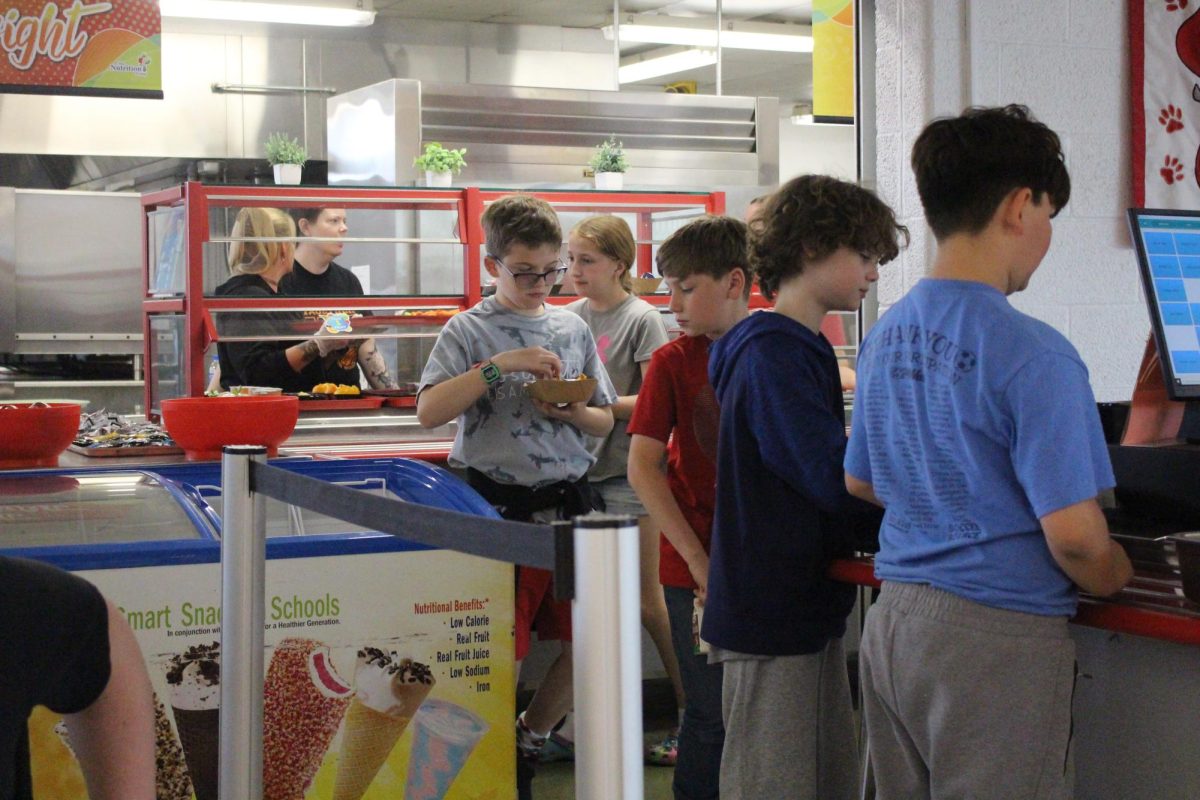How does daylight saving time affect our lives?
Daylight saving time changes the time sun rises at the start of school.
March 24, 2021
Daylight saving time has been around for a long time. It first originated in Germany, being the first country around the world to use daylight saving time. The man who invented daylight saving was George Hudson, from New Zealand. In 1895 Hudson proposed the modern day, daylight saving time idea that we shift an hour forward in the spring so we have more daylight for hunting and crop farming. After Germany, countries all started using this two hour time shift called daylight savings. Including America started using this method of using as much sunlight as we possibly could. On March 9, 1918 American Congress passed the first law for daylight saving time.
Daylight saving time starts on Sunday, March 14 at 2:00 am. The shift of time happens at 1:59 a.m. when the time jumps to 3:00 a.m. This gives us a whole less hour of sleep, and this means we need to get up an hour earlier. Later during the evening the sunshine will stay out around an hour longer. This was the reason we made daylight savings, so farmers could stay out in the daylight long enough to harvest more crops and plant seed. We use this in real time now because people can play and stay outside for another hour and it can stay light out. We also do this because we have done this tradition for more than one hundred years.
Every year daylight savings begins on the second Sunday of March. This means each year the daylight saving time when we spring forward could be on different days. This means we could spring forward an hour a day before we usually do. This year, daylight saving ends on Sunday, Nov. 7, at 2 a.m. So instead of continuing using the extra hour of sunlight, we go back to our usual times. This means that at around 6-7 p.m. the daylight will fade faster than in the warmer months.
The reason we stop daylight saving in the winter is because at night it gets colder out because the sun sets much faster. This means farmers can’t plant seeds or harvest crops in the winter, which however makes sense because farmers don’t plant crops in the winter. This sets the time back to normal. In the morning the sun comes up earlier giving us more sunlight in the morning instead of the evening.

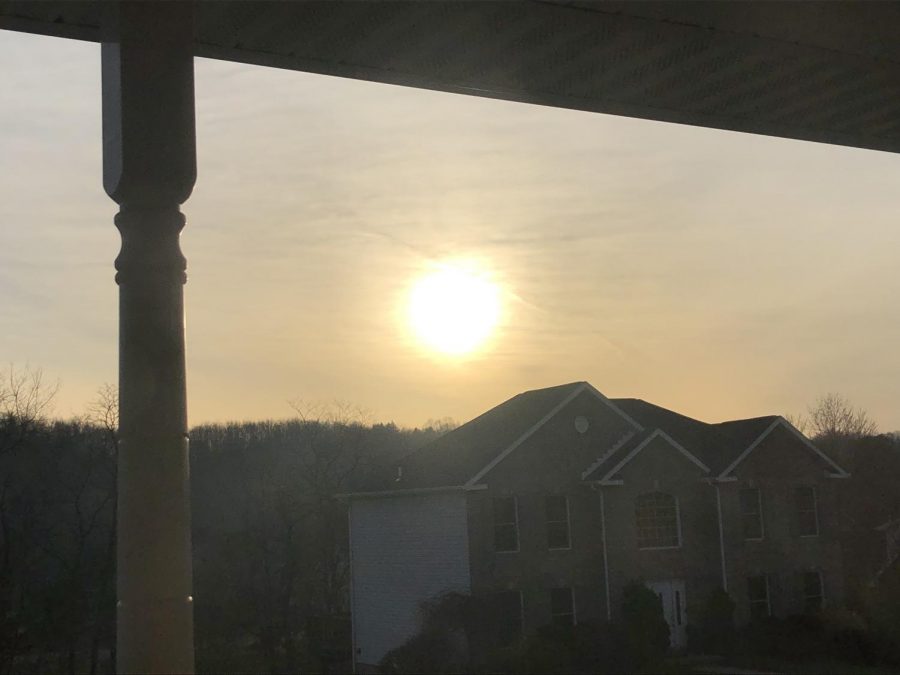

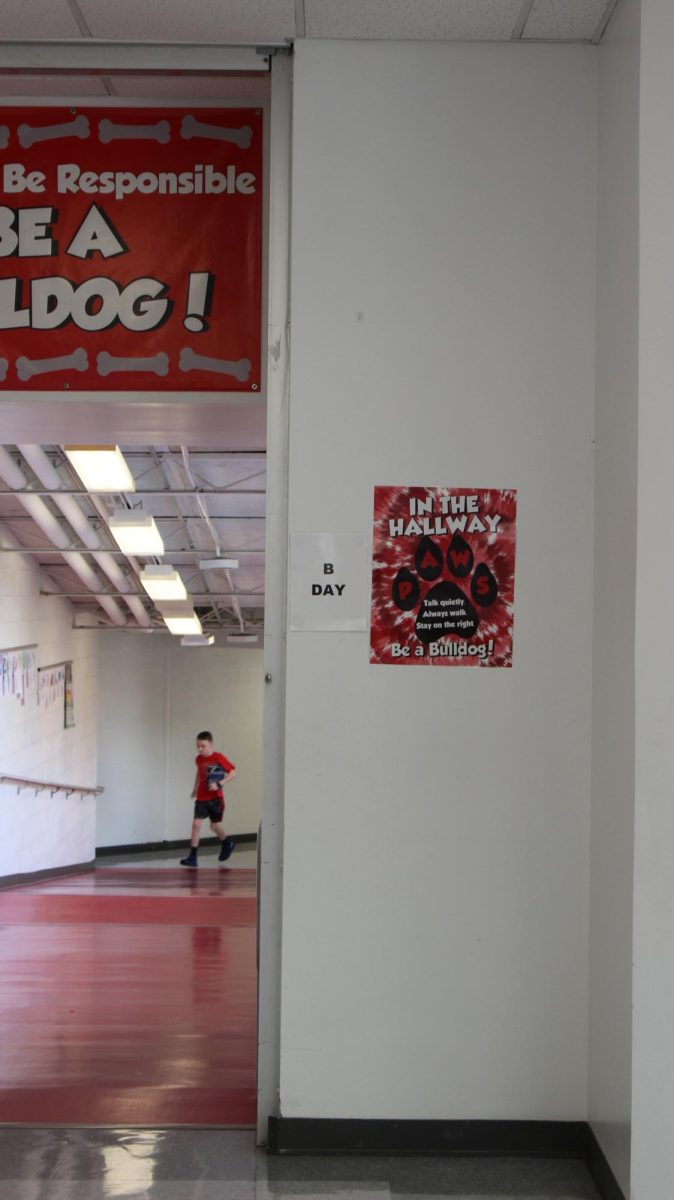

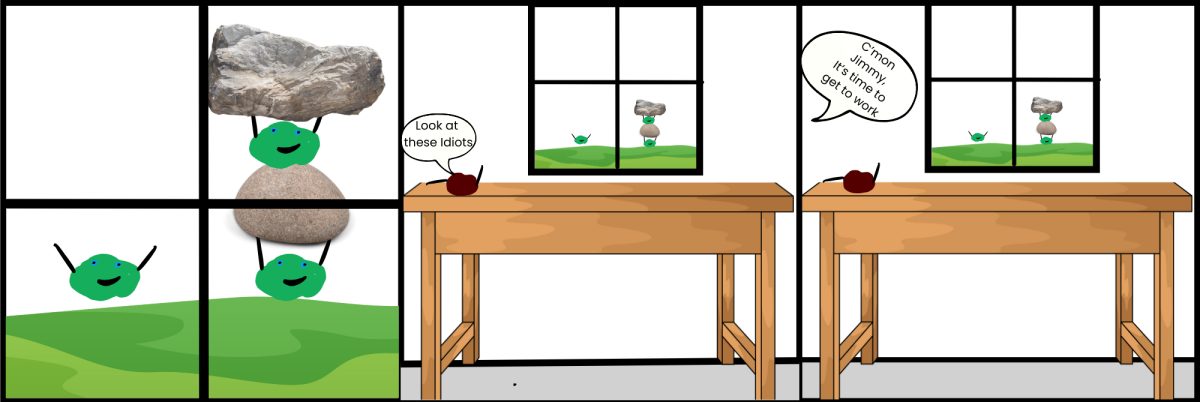
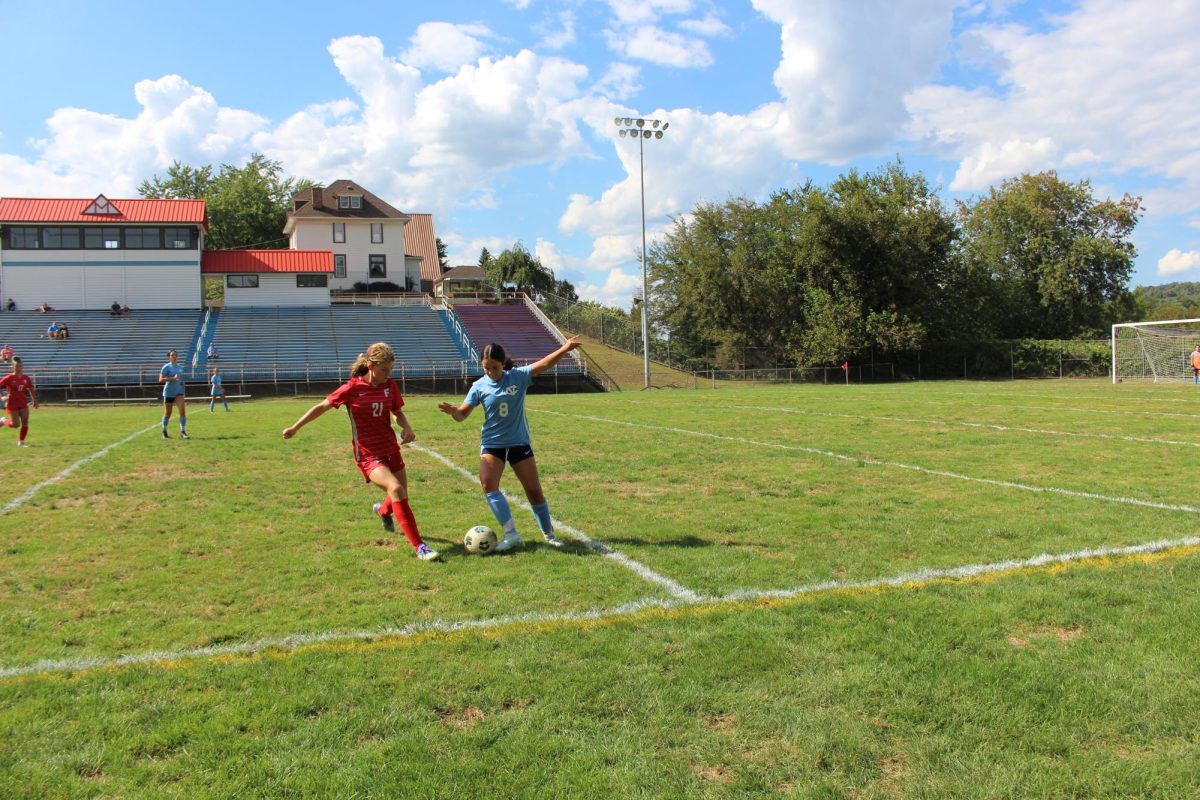

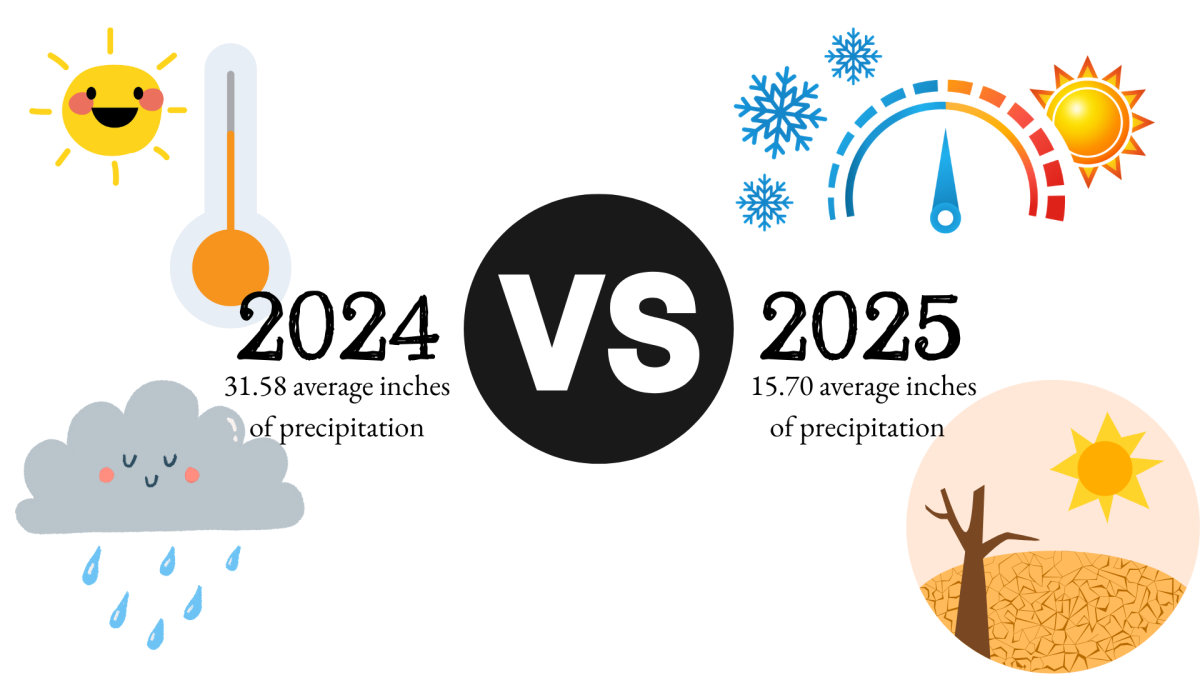
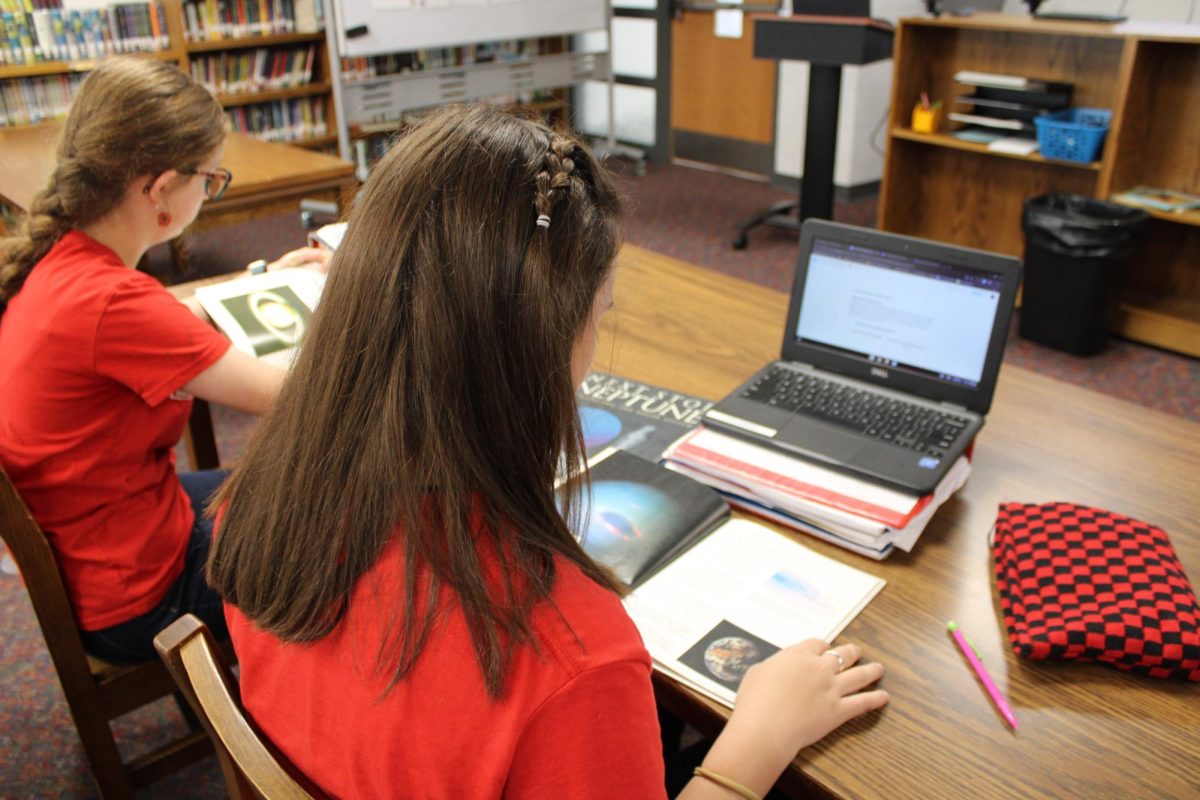

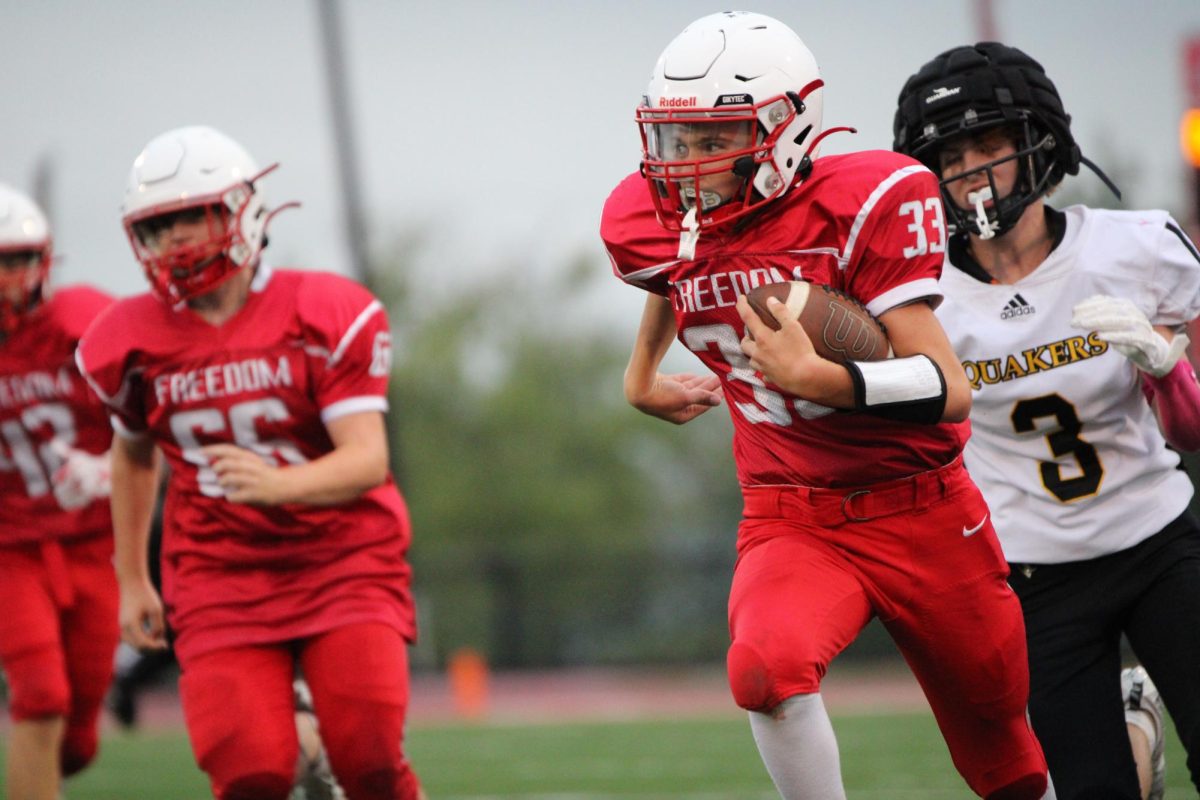
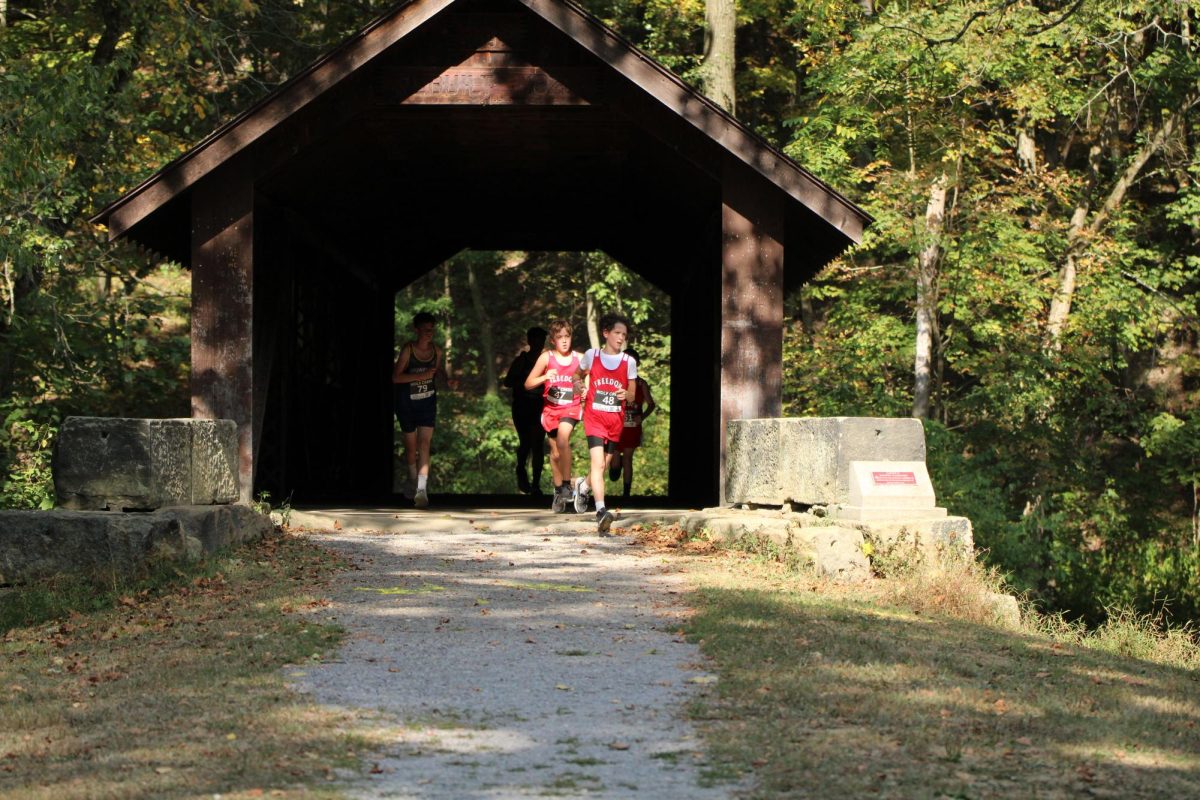
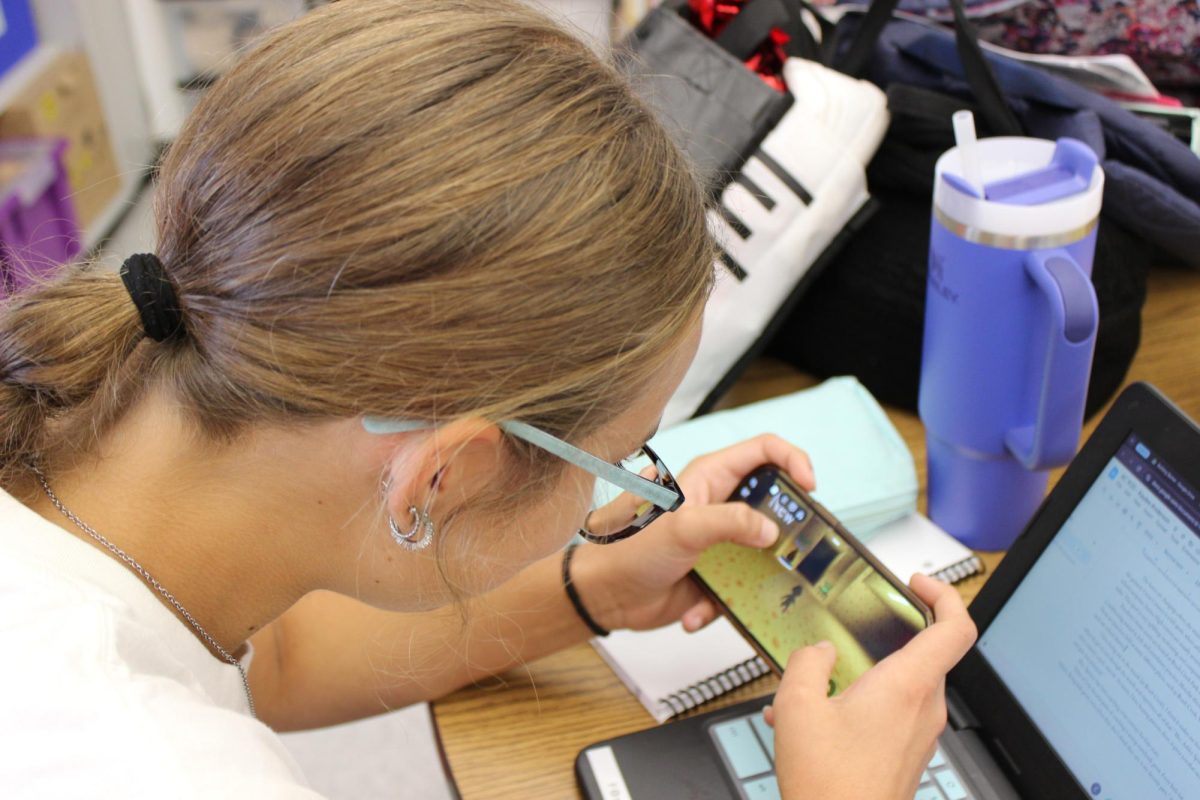
![Lucia Haney [Editor in Chief] working hard to ensure Ink and Imagination is a success.](https://bulldogbarker.com/wp-content/uploads/2025/05/Ink-and-Imagination-1200x800.jpg)
